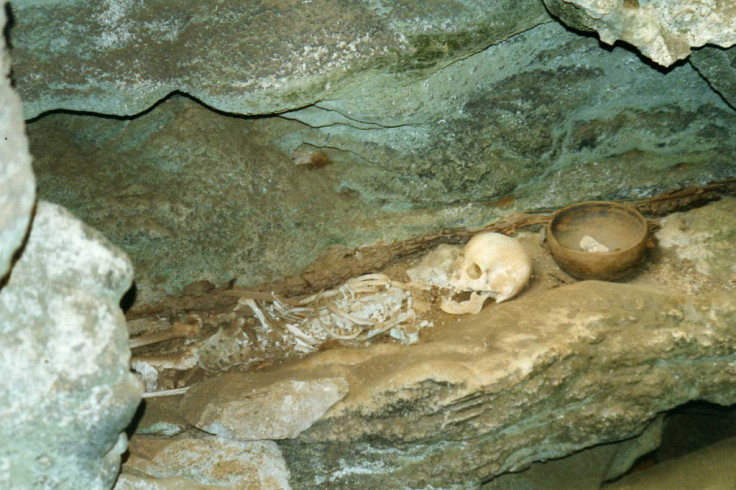Neolithic tomb: Biggest analysis of burial site shows ancient Spanish families lived and died together

The widest analysis of a megalithic tomb has been carried out in Spain, showing at least 47 individuals buried together. Scientists combined archaeology, osteology, stable isotope analysis, and molecular genetics to discover the biggest range of information ever of a Spanish community that existed together in life, and ultimately in death.
It is understood that the Neolithic people were the first to bring burial rituals to Europe, including building elaborate tombs. Researchers studied a tomb at Alto de Reinoso – south of Bilbao – to build a bigger understanding of this practice, and their community.
Kurt Alt from Danube Private University, Austria, writes: "All the extensive data collected – including information on lifestyle, demographics, health status, diet and subsistence, mobility patterns as well as the genetic profile of the group – fit in with the typical way of life of sedentary farming populations at this time period." He added: "The embracement of a collective burial chamber for the community members rather than individual graves indicates significant shifts in social identity."
At least 47 individuals were buried in the tomb, including both adults and adolescents. It is believed that all of the burials took place in a 100 year period, around 3,700BC. After DNA analysis, the scientists suggested that all of the buried individuals are from closely-related communities, almost like a small modern day village.
The tomb showed three distinctive layers of burial, the archaeologists write in the journal PLOS ONE. The bottom layer showed all of the buried individuals in neat rows, with some side by side. The top layer, however, was significantly less organised, and skeletons seemed to have appendages missing, especially skulls. The researchers suggest that this shows a shift in the tomb's function.
It was also discovered that the individual's food supply mainly came from cereal crops, and possibly sheep and goat.
"Some 50 deceased found their final resting place in the tomb," writes Alt. "The study is the first of its kind to provide a more in-depth understanding of the living environment of a burial community such as this."
© Copyright IBTimes 2025. All rights reserved.






















